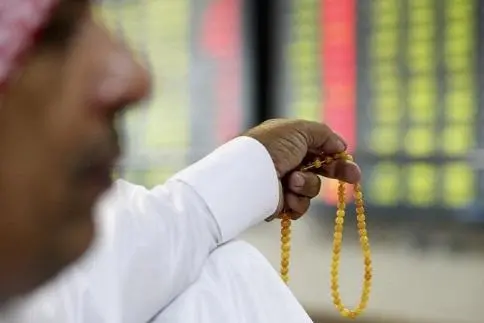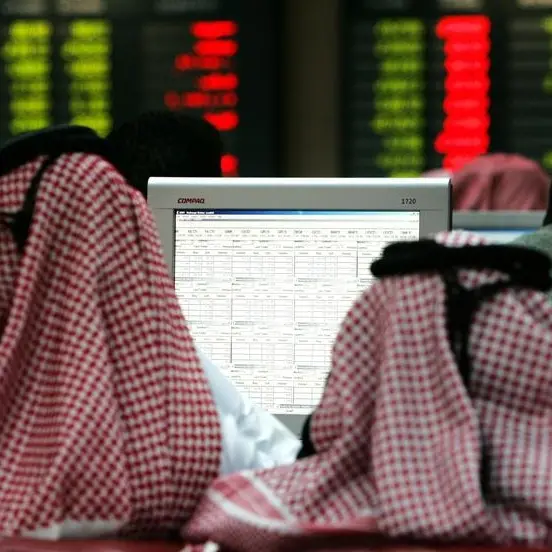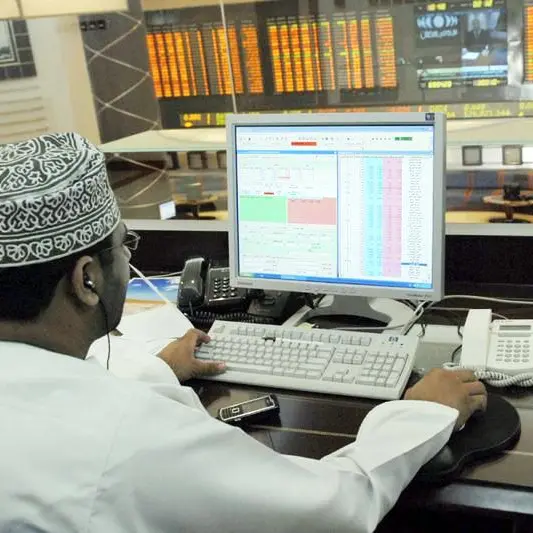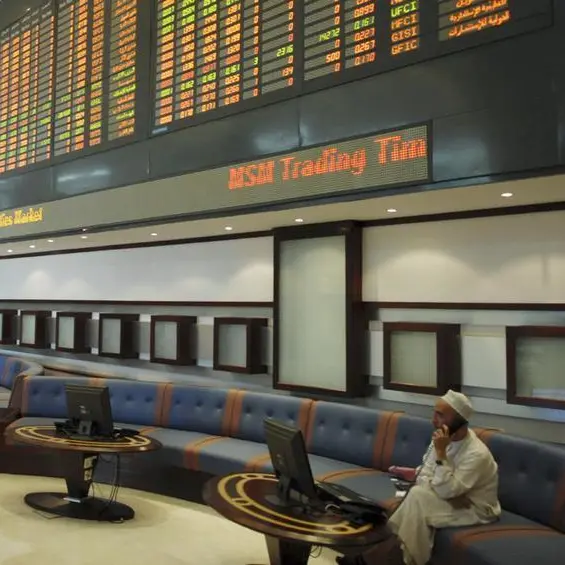PHOTO
The GCC bond and Sukuk market is generally sound, says Philipp Good, CEO and Head of Portfolio Management at Fisch Asset Management, speaking to Banker Middle East.
In recent years, the GCC debt market has seen considerable development, in terms of issuance volume and spread, for both the conventional and Islamic space. Issuance has increased considerably since 2015. Between 2013 and 2015, average issuance from the region stood at around $25 billion. By 2016, it had risen to $60 billion, and in 2017 exceeded a record $72 billion.
This substantial growth was driven for the most part by the higher funding needs of GCC sovereigns—particularly Saudi Arabia, Kuwait, Abu Dhabi, Oman and Bahrain. The deficits that created the need for funding were the consequence of a rapid and substantial decline in global oil prices, which saw GCC governments trying to avoid dipping into the substantial reserves contained in their sovereign wealth funds. In the last 12 months, we have seen considerable spread compression as oil prices have stabilised and improved—although it should not be forgotten that they still remain highly sensitive to the volatility created by geopolitics.
Spread compression is also the result of more capital flowing into Emerging Market (EM) funds, as well as changing investor behaviour—whereby greater resource is now being dedicated to understanding the region. It also reflects the relative value that the GCC is now known to offer global debt investors.
Structure: what have GCC issuers typically preferred? The bond and Sukuk pipeline in the GCC for the last two to three years has been dominated by the senior unsecured USD format, in accordance with either Regulation S (SEC) or 144A/Regulation S (SEC). This has particularly been the case for sovereign issuance, with all sovereigns having issued USD senior bonds in the 144A/Regulation S format.
The preference for this type of bond lies in the fact that it lends itself best to a wider international investor base— which is an important objective for GCC issuers. Some corporate issuers—for example, Majid Al Futtaim—have chosen hybrid models. At the same time, some project bond issuance has occurred in the GCC, which has utilised highly innovative structures—for example, ADCOP’s recent $3 billion structured deal.
Sophisticated structures: what might we see in the future? More sophisticated structures in the market have mostly been project bond issues. Saudi Arabia’s ACWA Power, for instance, recently issued a $814 million amortising bond due in 2039, while Abu Dhabi’s ADNOC issued a dual tranche $2.2 billion and $837 million bond due in 2047 and 2029 respectively. Looking ahead, the GCC has the opportunity to grow its convertible bond (CB) market in the mid-term, while any equities (ECM) or debt (DCM) capital market play by Aramco would profoundly impact market dynamics across the region.
The effects would be wide-ranging, from the stimulation of improved corporate governance to greater relevance for the region on the international stage and a more diverse investor base across capital structures. All this would suit the growth and diversification of the GCC’s DCM landscape. Recent hybrid issuances from corporates, and Additional Tier 1 (AT1) bonds and Sukuk from banks such as First Abu Dhabi Bank, Dubai Islamic Bank and Noor Bank, all prove that there is plenty of scope for more sophisticated instruments to be offered. From the perspective of a global debt investor, the market dynamics of the GCC need to progress in a way that supports the growth of a project bond market and mitigates the scarcity of long-dated USD liquidity among local banks (particularly as Basel III comes into play), who have witnessed a decline in their USD deposits as a result of muted oil prices.
Improved structuring for GCC bonds Certain important aspects are often overlooked by GCC issuers. It is often forgotten that, in order to attract international capital, they need to price at the international market clearing price if they expect overseas investors to participate. Similarly, too many issuers rely on regional banks to support their issues—all this does is recycle GCC liquidity, rather than bringing new liquidity into the region. The GCC’s merits as an investment market are increasingly well-understood, and there’s no need for international money to be neglected. In general, GCC bond and Sukuk structures are sound, but lack the marketing they require in Europe and Asia—particularly outside of Singapore and Hong Kong.
A number of key markets within these regions contain a high level of liquidity that issuers should do more to tap. When it comes to hard currency issuance, which has picked up considerably in the GCC, issuers should also look beyond the US dollar. The euro, among other major currencies, presents the opportunity for further diversification of the investor base. None of these observations should take away from the reality that GCC issuers have been doing a good job, and this is clearly reflected in the high level of oversubscription for both sovereign and corporate issuance, as well as the secondary market performance of these securities.
Ultimately, the investor base for GCC debt is now more diverse than ever before, and 2018 looks to be another strong year for both issuance and international participation. It will probably be weighted towards corporates, with sovereigns having dominated the market in 2017.
© 2018 CPI Financial. All rights reserved. Provided by SyndiGate Media Inc. (Syndigate.info).






















